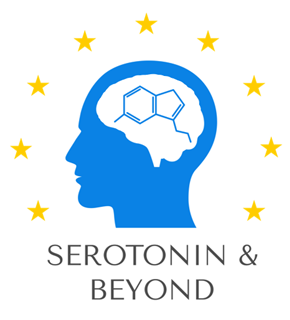Serotonin limits generation of chromaffin cells during adrenal organ development
July 20, 2023
Adrenal glands are the major organs releasing catecholamines and regulating our stress
response. The mechanisms balancing generation of adrenergic chromaffin cells and protecting
against neuroblastoma tumors are still enigmatic. Here we revealed that serotonin
(5HT) controls the numbers of chromaffin cells by acting upon their immediate progenitor
“bridge” cells via 5-hydroxytryptamine receptor 3A (HTR3A), and the aggressive HTR3Ahigh
human neuroblastoma cell lines reduce proliferation in response to HTR3A-specific agonists.
In embryos (in vivo), the physiological increase of 5HT caused a prolongation of the cell cycle
in “bridge” progenitors leading to a smaller chromaffin population and changing the balance
of hormones and behavioral patterns in adulthood. These behavioral effects and smaller
adrenals were mirrored in the progeny of pregnant female mice subjected to experimental
stress, suggesting a maternal-fetal link that controls developmental adaptations. Finally, these
results corresponded to a size-distribution of adrenals found in wild rodents with different
coping strategies.
